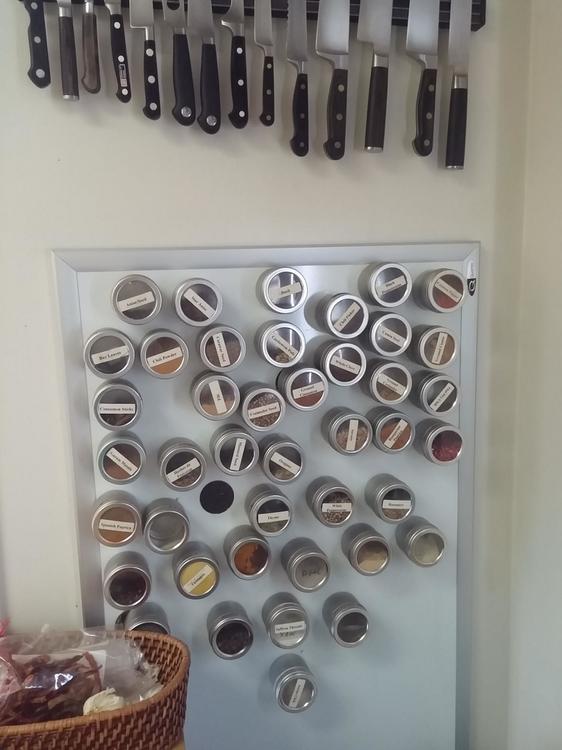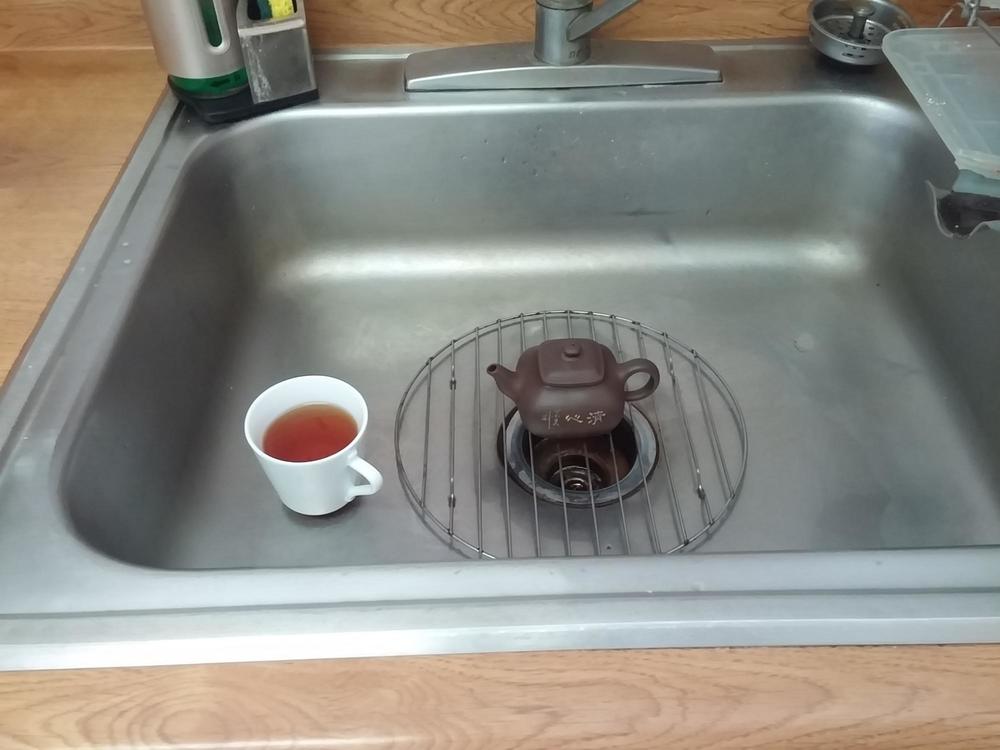
KennethT
participating member-
Posts
6,877 -
Joined
-
Last visited
Content Type
Profiles
Forums
Store
Help Articles
Everything posted by KennethT
-
@rotuts I agree... getting rid of the books only hurts you - no one else will ever know. If you still find the information in the books valuable, then I think you should keep them. I completely understand not going back to any of his restaurants - I haven't either, and I am starting to miss the house made charcuterie I used to get at Lupa. Unless of course, just seeing the books gives you a bad feeling, then I'd say toss 'em.
-
soft, flaccid cooked chicken skin is loved all over Asia... I've never seen chicken cooked without its skin, and most of the time, it's in some kind of stew or sauce that keeps the skin soft. I've also never seen it discarded or not eaten. In my experience, it's also rare to see boneless chicken as well (although the bones are discarded - typically after being chewed and cleaned). So I think the judge's aversion is more of a cultural thing, or maybe the judge being an a$$hole thing* * I didn't watch the episode or the clip, so I can't make a statement about the judge, but it seems like an a$$holic thing to say...
-
I've never seen a Viet curry before - not that I've really looked for one though. I'd love to take a trip to take one for the team!!!
-
Personally, I can't say that I've had a good dense matzah ball that I've enjoyed - not that they don't exist somewhere!
-
@chefmd I have felt your pain... many times!!! Although the GF matzah balls are a first... I'd imagine you'd make them with gluten free matzah - I assume that Streits has jumped on that bandwagon, no? Most matzah balls are heavy like lead anyway - I only remember one seder when the host made them and they were really light. My father, rest his soul, loved Manischewitz. He always said that it reminded him of a cordial - he refused to drink anything else, even as much better KFP wine came on the market in NY years ago.
-
Husband and friend heading into Bangkok
KennethT replied to a topic in Elsewhere in Asia/Pacific: Dining
I don't think I understand - are you looking for suggestions for something to eat in Suvarnabhumi airport, or will they have time in BKK on their own and want suggestions for that? -
There were times that I would make a crawfish boil for just me and my wife... we'd still have no leftovers... I'm a bottom-less pit for both oysters and crawfish... there always seems to be room for more!
-
I've never had leftovers at a crawfish boil... there's always room to eat more!
-
@Anna N I don't know what they're made from, but I don't have too much issue with sticking. Also, there is a slot on the base, and a slot and also some holes in the lid so you can pour or shake the contents out without removing the lid. And yes, we have more spices than this - but these are the ones that we used most frequently. All of our spices come in plastic bags, so we just have one bin with all the bags of infrequent spices and another bin with more inventory of the ones on the wall.
-
We used to use Cajun Grocer, but then we switched to using Louisiana Crawfish lacrawfish.com We found their prices better - the shipping really kills you! We never get any dead ones, other than the few times when we brought them in for Mardi Gras and it was freezing here in NY - together with the ice pack, we lost about half the box!!!! Heartbroken (and wallet broken)!
-
We gave a ridiculously small NYC kitchen, so cupboard and counter space is at a premium... So everything goes on the wall. I got the containers at the Container Store and they magnetically stick to a white board I got from Staples. Extras are thrown together ina bin in the cabinet.
-
@Shelby I assume you got the crawfish online, right? Where did you get it?
-
the ham in boil sounds awesome... best surf n turf ever... In the boil shown above, they put in a pineapple and let it steep for a long time... that was really tasty
-
This was Waveland, Mississippi a few Easter weekends ago... ETA: I should have worn a smock... in the upper left photo, you can see the custom crawfish boil table our hosts built with the hole in the center to throw shells... as the day went on, some people's aim left more to be desired and I got a bit splattered.... serves this Yankee right...
-
hmmmm... while I admit that I have never seen anything remotely green in a Louisiana crawfish boil, and my first instinct was to be utterly revolted, I can see how the leaves when soaked in a salty spicy boil could be tasty - especially as you could probably store a lot of boil in those folds! Eating your veggies and drinking the boil at the same time!
-
Are those brussels sprouts in a crawfish boil?!?
-
I still get the Bobo black plume at meat markets in Chinatown... you can do a search on Bobo's website for which stores sell their products.
-
I haven't had a nice gong fu tea in a long time, so I broke out my "tea set". Unfortunately I don't have a fancy box but I do have a wire rack and a sink...
-
I don't know if it's a Canada thing, but I have never seen fresh noodles like that in ANY grocery store in NYC!! Jealous!!!
-
I always thought that chinese wheat noodles were different than fresh egg noodles. I think they have something added to raise pH, which changes the texture.
-
@weinoo we primarily use FD for bulky/heavy things - paper towels, toilet paper, sparkling water... but here and there we get other things like that cornish hen since it's not available in my neighborhood, and lately we haven't had much time to go further afield... but I'll check out La Pera Brothers... thank you! ETA - just checked out their website... which is a little frustrating - why do they show cute photos of the animals walking around (unannotated with breed or information), but don't have a list of the stuff that they sell or prices? it's great that they deliver, but I still have to go to Brooklyn to go to their shop to find out what they have and how much it costs.
-
We use something similar in my industry (non-food related) - we call them partitions
-
@HungryChris I'd love to see that documented!
-
I personally like the "genovese" variety of basil - great, intense basil flavor, large leaves almost the size of my hand. The one thing about basil is that it's a water hog... as long as you keep it wet, it's fine.
-
@weinoo btw, Fresh Direct carries that brand of cornish hen - rather than Poulet Rouge Fermier, it's Poussin Rouge Fermier... I made it a month or two ago - it was quite good as well.






